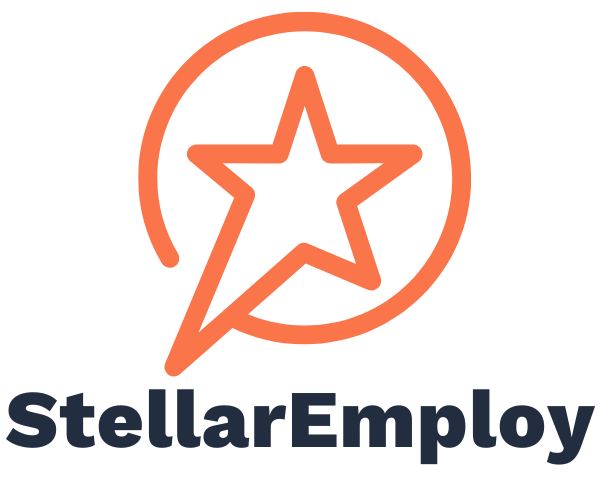Grow your hourly talent pipeline with these tips
Hourly frontline workers are still the most in demand in this economy, despite record unemployment. Searches for Grocery Store Workers, Pharmacists and Pharmacist Techs, Nurses, Truck Drivers and Postal Workers grew on Indeed in the last month. For grocery store jobs alone, candidate searches increased by 200% in a one month period. Frontline recruiters have the important task of hiring for these high-demand roles with compressed timelines.
As a busy Talent Acquisition team, the more you understand this unique applicant pool, the more effective you will be. Knowing your applicants allows you to optimize your talent pipeline, getting the most out of your sourcing dollars and delivering the best outcomes for your business. Where and when are they typically job searching? Are there certain days of the week or times of day when they are most active? What devices do they have access to?
We processed data from over 15,000 hourly job applicants in foodservice and manufacturing from across the country in states such as California, Illinois and Georgia. Here are some interesting findings about applicant behavior and recommendations for having a quality, efficient application process for frontline workers.
Over 55% of hourly applications are submitted Monday through Wednesday, with Tuesday being the most popular day for applications
About 57% of hourly applications are submitted Monday through Wednesday. Tuesday is most popular and represents 22% of all application volume in a week. This is followed closely by Wednesday at 18% and Monday at 17%. The number of job applications drops dramatically from Wednesday heading into the weekend. This trend holds surprisingly strong even when we compare different locations, different industries, by season, and pre- and post-Covid19.
Above: Applicant behavior from over 15,000 job-seekers through the StellarEmploy platform. Results were consistent across all regions and have not changed since the COVID-19 crisis.
Most job applications are submitted in the morning and early afternoon
When we look at time of day, mornings and the early afternoon are when job-seekers are most active. Most job applications are submitted between the hours of 9am and 2pm. Activity drops a notch in the afternoon and then pretty heavily after 6pm, with a few night owls applying during the late-night hours.
Above: Percent of applications submitted according to time of day. All application submission times were adjusted to account for differences in time zones.
What does this mean for high-volume recruiters like you?
Expect your busiest window for receiving applications to begin in the morning. We found that the bulk of our job applicants submit their applications between the hours of 9am and 2pm on Mondays, Tuesdays and Wednesdays. Try structuring your day accordingly, such as by scheduling interviews in the first half of the day and screening applications in the second half.
Consider scheduling more interviews on Wednesdays through Fridays. That way you can capture the bulk of applicants who are applying early in the week. Top job candidates may be off the market within 10 days of initiating their job search. Make sure the timing of your process minimizes the waiting period for applicants to meet the recruiter for an interview.
Time any “refreshes” of your job postings for the beginning of the week. That way you maximize the number of applicants your sourcing dollars can capture. Job boards keep fresh postings at the top of the search results, so you may be penalized if your postings were created more than 30 days ago. Talk to your job board representative about how job-seekers will know you are actively hiring for these roles.
Over 75% of Applicants are applying with their smartphones
In addition to understanding when hourly job-seekers are actively searching, it’s helpful to understand where they conduct their job search. 77% of all hourly applications are submitted on smartphone devices. By comparison, only 23% of all hourly job-seekers apply on a desktop computer or tablet. This trend is only increasing: 81% of all Americans own a smartphone, up from 35% less than a decade ago, according to a report by the Pew Research Center. A rising share of those Americans, approximately 1 in 5, are now using smartphones as their primary means of internet access with no broadband internet connection at home. That means that for most hourly workers, cellphones are their primary access to the internet and online applications.
Above: Most hourly job-seekers use their smartphone to apply.
How might this impact your approach to applications?
Make sure your application process loads properly (and quickly) on mobile. Run through the application process on your own smartphone and see if your photos, videos, or text look as you want them to. You might also make sure it doesn’t take too long to load.
Consider deferring parts of your application that are difficult to complete without a computer. Minimize any “high-tech” steps, such as a job simulation or a pre-recorded video interview. These can easily take place later in the process, once the applicant is more committed to your interview process.
Replace open-ended questions with multiple choice. Rather than requiring job-seekers to type out answers on a small screen, give job-seekers multiple choice responses for typical answers. Instead of a comment box following “Why did you leave your last employer?“, select a few common responses, such as “higher pay”, “better hours for my schedule”, “manager and/or coworkers got along with more”, with an option to select “Other” and write out more details if they choose.
Recruiters have the important and difficult task of managing an applicant funnel that is likely getting a lot of pressure right now to yield results. At StellarEmploy, we believe great recruiting comes from understanding your applicant pool. By adapting your processes to when and how applicants search, you can ensure that your process is not standing in the way of getting you the hires that you need.
Jeff Morin is a part of StellarEmploy’s Science Team and has spent over a decade managing and hiring frontline hourly workers.



